Table of Contents
- 1 Introduction
- 2 The Role of EGR and MAP Sensors in Diesel Engines
- 3 Seasonal Differences in EGR and MAP Sensor Operation
- 4 Cleaning the EGR Valve: Step-by-Step Guide
- 5 Cleaning the MAP Sensor: A Delicate Process
- 6 The Benefits of Cleaning EGR and MAP Sensors Together
- 7 Final Tips for Year-Round Maintenance
Introduction
For Saab diesel engines, specifically the TiD and TTiD models, keeping the EGR (Exhaust Gas Recirculation) and MAP (Manifold Absolute Pressure) sensors clean is essential for optimal performance. Both components play critical roles in managing exhaust gas recirculation and monitoring intake manifold pressure, working together to reduce emissions and maintain fuel efficiency. However, dirt and carbon buildup can obstruct their function, leading to issues like the P0401 error code, poor fuel efficiency, and reduced performance.
In this guide, we’ll cover the importance of cleaning both the EGR and MAP sensors together, explain how they operate differently in summer and winter conditions, and outline the steps for a proper cleaning. These maintenance steps will help ensure your Saab engine runs smoothly year-round.
The Role of EGR and MAP Sensors in Diesel Engines
The EGR valve recirculates a portion of the exhaust gases back into the intake manifold, reducing the amount of oxygen in the combustion chamber. This process lowers the combustion temperature and cuts down on NOx emissions, a key factor in meeting emission standards. On the other hand, the MAP sensor monitors the absolute pressure in the intake manifold and provides real-time data to the ECU (Engine Control Unit), helping to calculate the optimal air-fuel ratio.
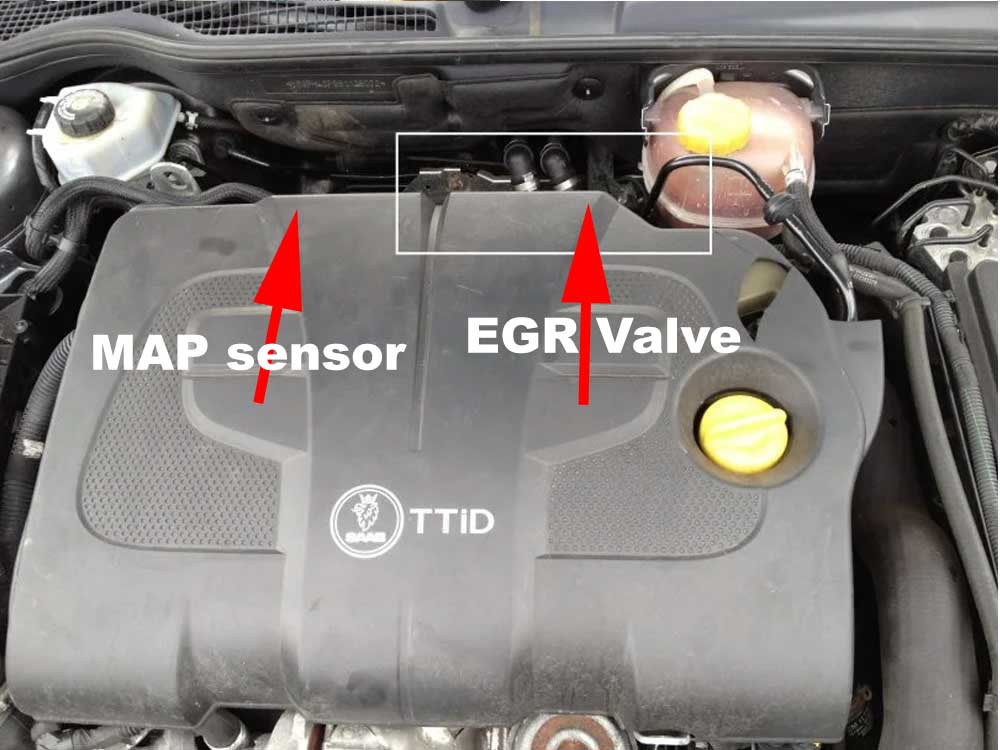
Together, these two components work to optimize engine performance and emissions. A blocked EGR valve or a dirty MAP sensor can lead to incorrect air-fuel ratios, causing rough idling, poor acceleration, and higher emissions. By cleaning both regularly, you maintain a balanced air-fuel mix and prevent unnecessary strain on your engine.
Seasonal Differences in EGR and MAP Sensor Operation
EGR and MAP sensors don’t operate the same way throughout the year. Their functionality adapts to the seasonal conditions to meet the engine’s specific requirements.
Summer Operation
In the summer, higher ambient temperatures naturally increase engine heat. The EGR valve works actively to recirculate exhaust gases and reduce cylinder temperatures, which helps prevent engine overheating and reduces NOx emissions. The MAP sensor plays a critical role here by adjusting air pressure readings to ensure the EGR system functions effectively, especially under heavy loads or during long drives in hot weather.
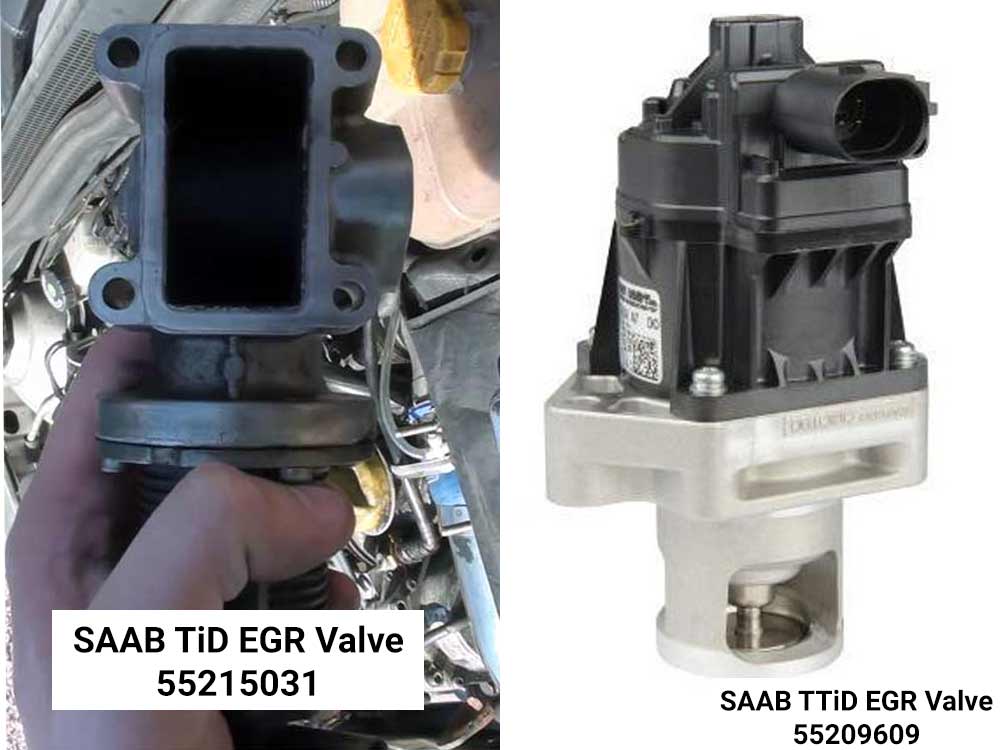
Winter Operation
In winter, the EGR valve operates with a different goal in mind. One of its key roles is to help the engine warm up faster. The EGR cooler transfers heat from the exhaust gases to the coolant, allowing the engine to reach optimal temperature more quickly, which is especially helpful for diesel engines that take longer to warm up. The MAP sensor adjusts its readings to account for the cold air, ensuring a consistent air-fuel ratio even when outside temperatures are low.
In both summer and winter, the EGR and MAP sensors adapt to help the engine perform optimally and reduce emissions. Seasonal changes influence their operation, making regular cleaning even more critical to prevent performance issues.

Cleaning the EGR Valve: Step-by-Step Guide
A blocked EGR valve can lead to decreased airflow and poor engine performance. Regular cleaning helps maintain its functionality. Here’s how to clean the EGR valve on a Saab TiD or TTiD engine:
- Turn off the engine and allow it to cool completely.
- Disconnect the negative terminal on the battery to prevent electrical issues.
- Locate the EGR valve at the back-right of the engine. Use a basic toolset to remove the bolts (four bolts for TiD, two T30 bolts for TTiD) and disconnect the electrical connector.
- With the valve removed, you’ll likely see thick carbon deposits on the mechanical part. Spray Brake Cleaner on the valve and use a brush to scrub away the deposits. Wear gloves and safety glasses for protection.
- Ensure the valve mechanism moves freely after cleaning.
- Reinstall the EGR valve by reversing the removal steps.
Regular EGR cleaning reduces carbon buildup and helps keep your engine running smoothly, especially during seasonal changes when the EGR’s workload shifts.
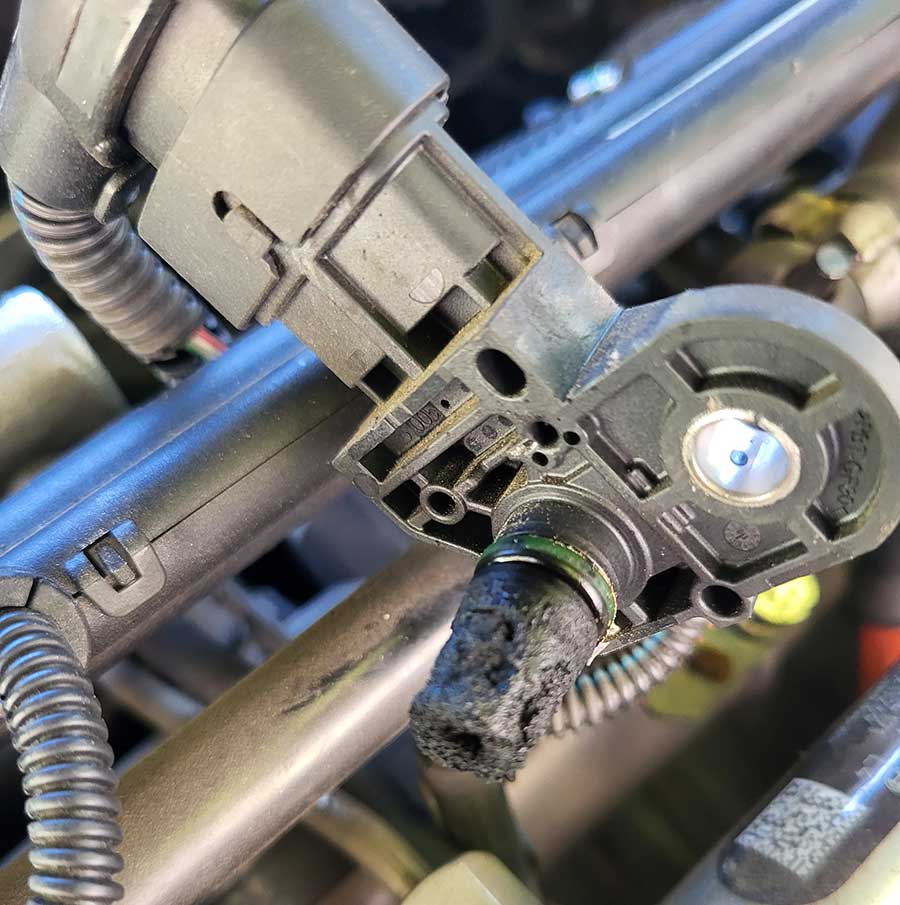
Cleaning the MAP Sensor: A Delicate Process
The MAP sensor is a more delicate component than the EGR valve, so careful handling and the right cleaning solution are essential.
- Locate the MAP sensor on the back of the engine, secured by a single T25 screw.
- Disconnect the electrical connector and remove the T25 screw to release the sensor.
- Avoid using Brake Cleaner on the MAP sensor. Instead, use a specialized MAF/MAP sensor cleaner or Contact Cleaner. These cleaners are gentle enough for sensitive electronics.
- Hold the MAP sensor upright and spray the cleaner onto the sensor’s tip to remove any dirt or carbon buildup. Allow the sensor to air dry completely before reinstalling.
- Reinstall the sensor and reconnect the electrical connector.
In our images, you can see examples of MAP sensor removal and cleaning on a Saab TTiD engine. Similar steps apply to TiD models. Cleaning both the EGR valve and MAP sensor together ensures optimal sensor performance.
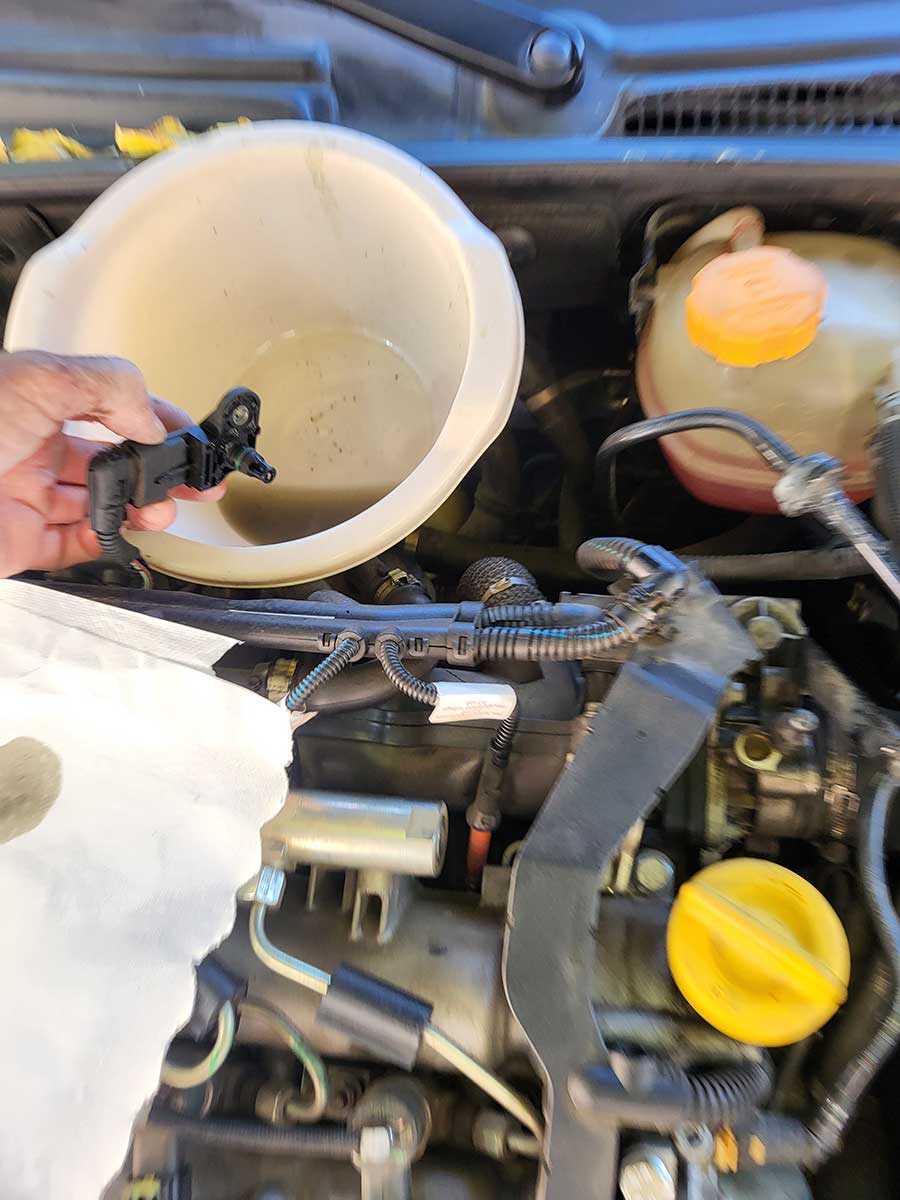
The Benefits of Cleaning EGR and MAP Sensors Together
Since the EGR valve and MAP sensor work together to manage airflow and exhaust gas recirculation, cleaning them simultaneously provides the best results. A clean EGR valve allows exhaust gases to flow smoothly, while a clean MAP sensor ensures accurate pressure readings for air-fuel ratio adjustments. When both components are in top condition, they can work in harmony to keep your engine running efficiently and prevent error codes.
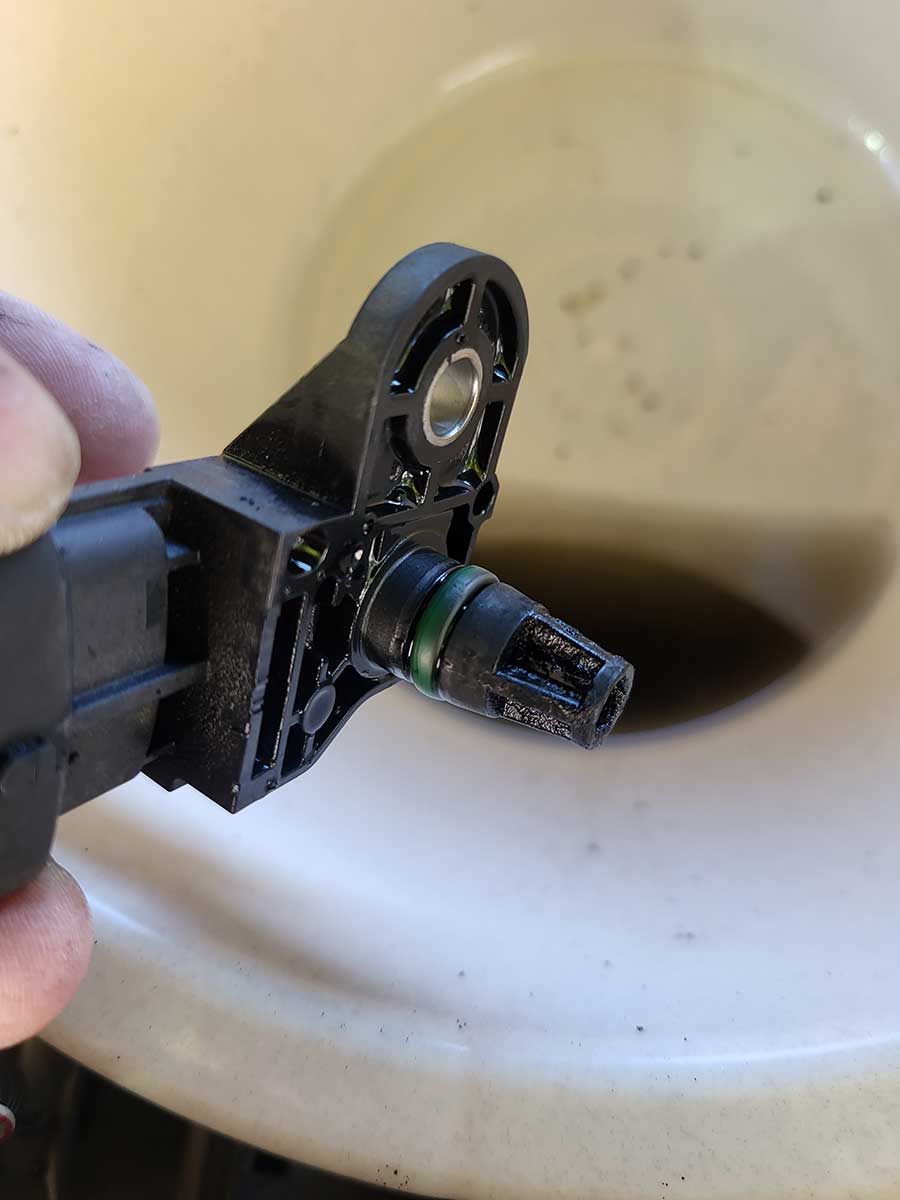
By cleaning them together, you prevent performance issues and avoid triggering the P0401 code, which can appear when either component is blocked or malfunctioning.
Final Tips for Year-Round Maintenance
For Saab diesel owners, regular maintenance of the EGR and MAP sensors is essential for year-round performance and longevity.
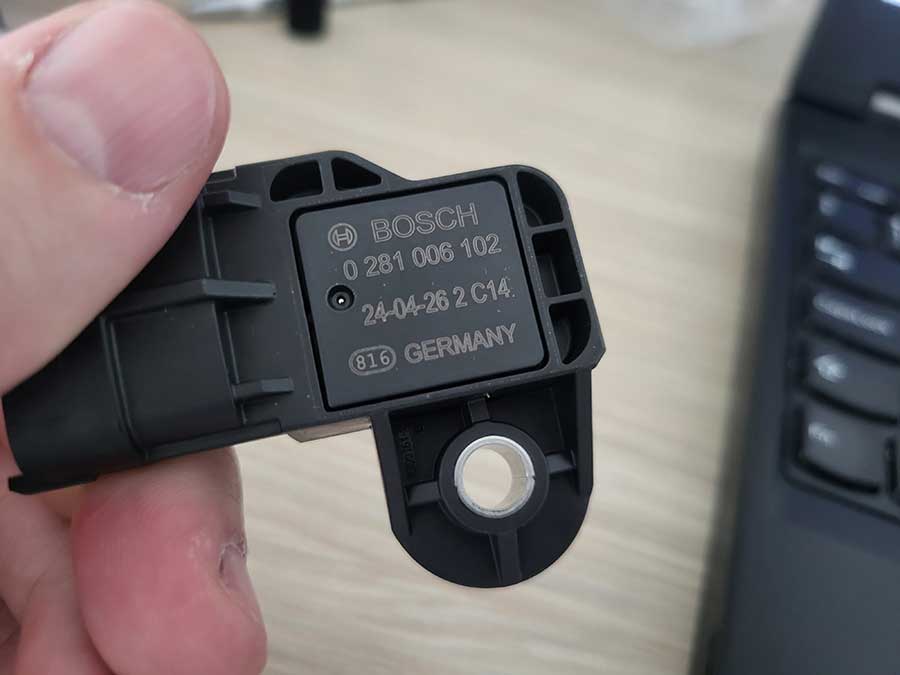
Diesel engines are more prone to carbon buildup than gasoline engines, making these cleanings even more critical.
- Summer: Ensure the EGR is functioning well to help manage engine heat and prevent overheating.
- Winter: A clean EGR valve will help the engine warm up faster, improving fuel efficiency and reducing emissions during cold starts.
Incorporate EGR and MAP sensor cleaning into your maintenance schedule, and consider doing this at least once a year or as part of seasonal prep. This small investment in upkeep can greatly extend the life of your engine and maintain optimal performance, regardless of the season.
By following this guide, you’ll keep your Saab TiD or TTiD diesel engine running at its best, free from emissions issues and performance drop-offs. Regular EGR and MAP sensor maintenance isn’t just about preventing error codes—it’s about ensuring a smooth and efficient drive, year-round.











